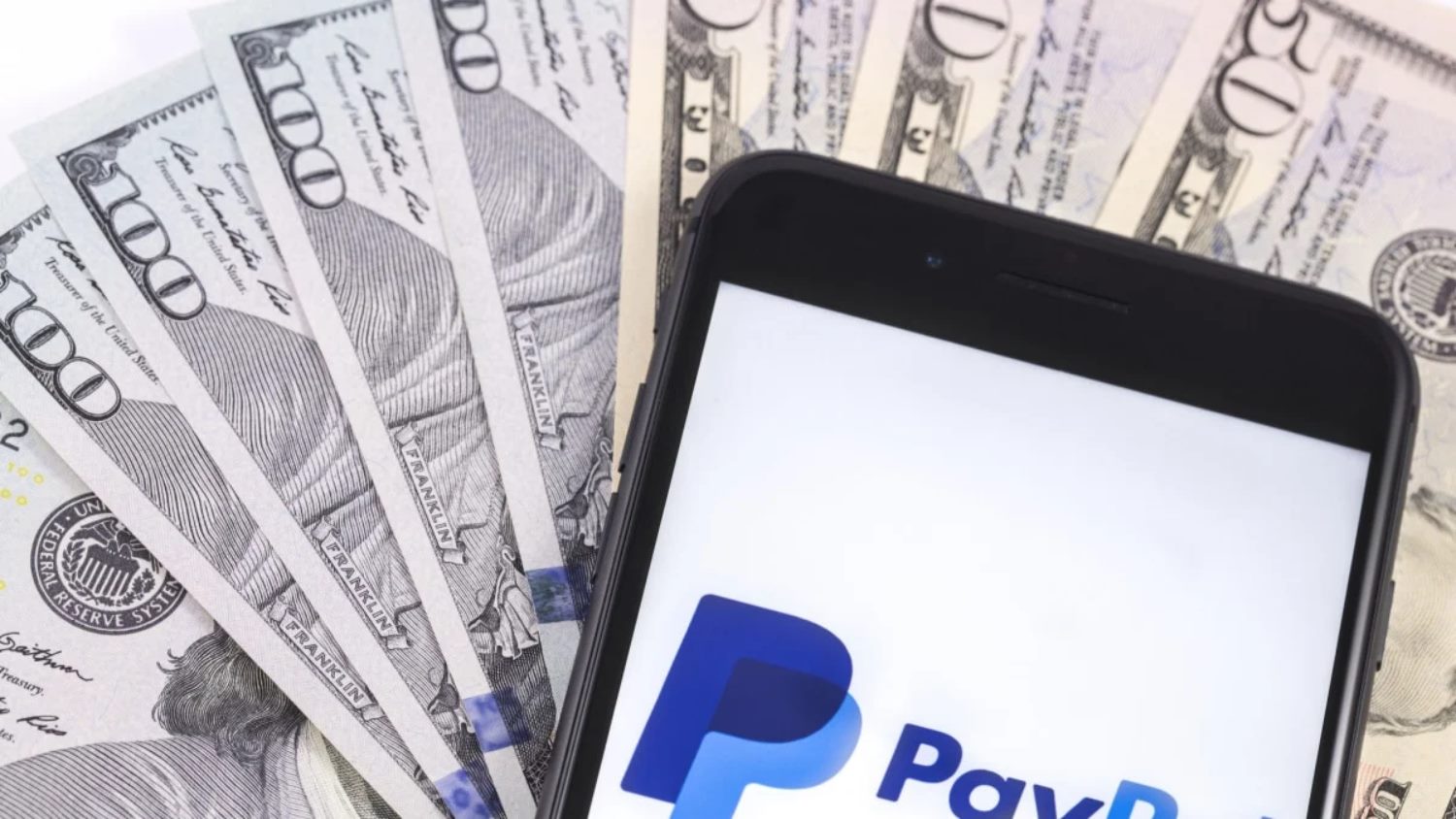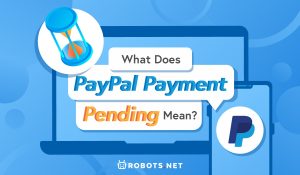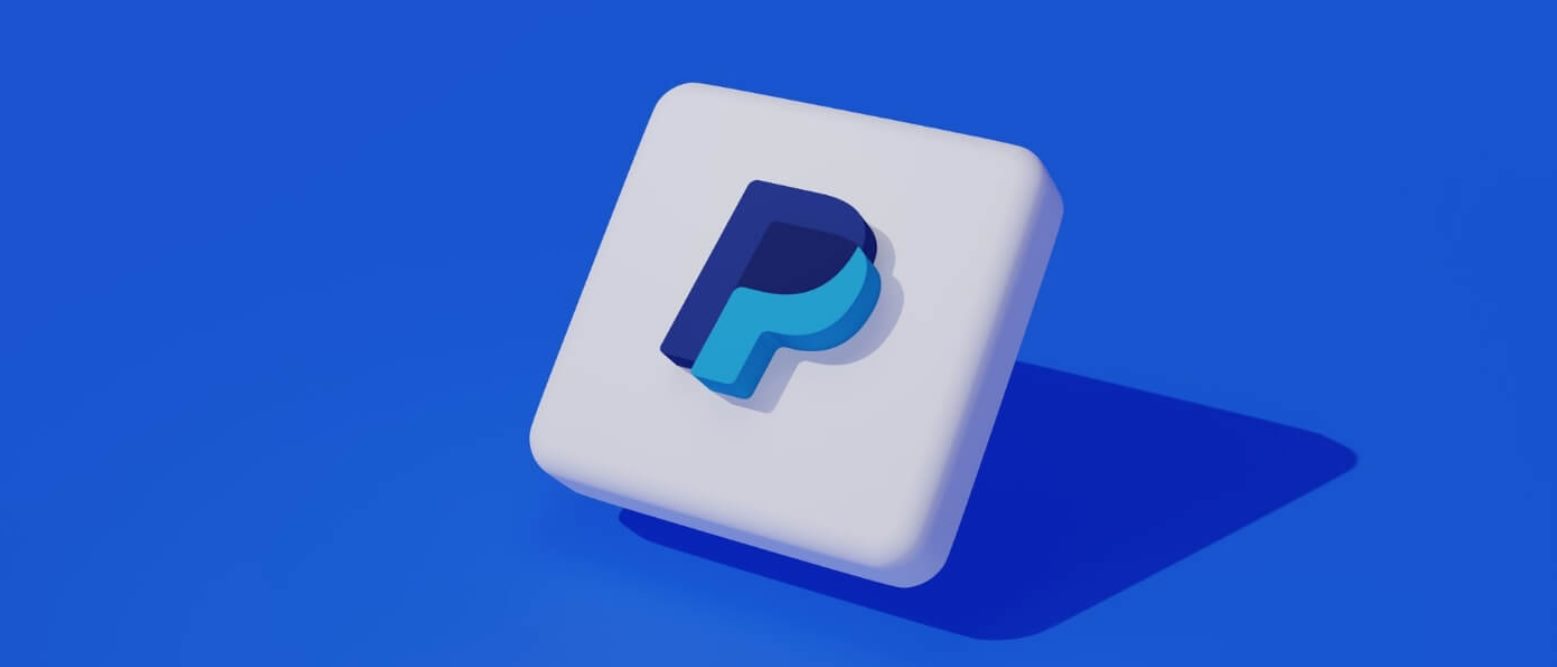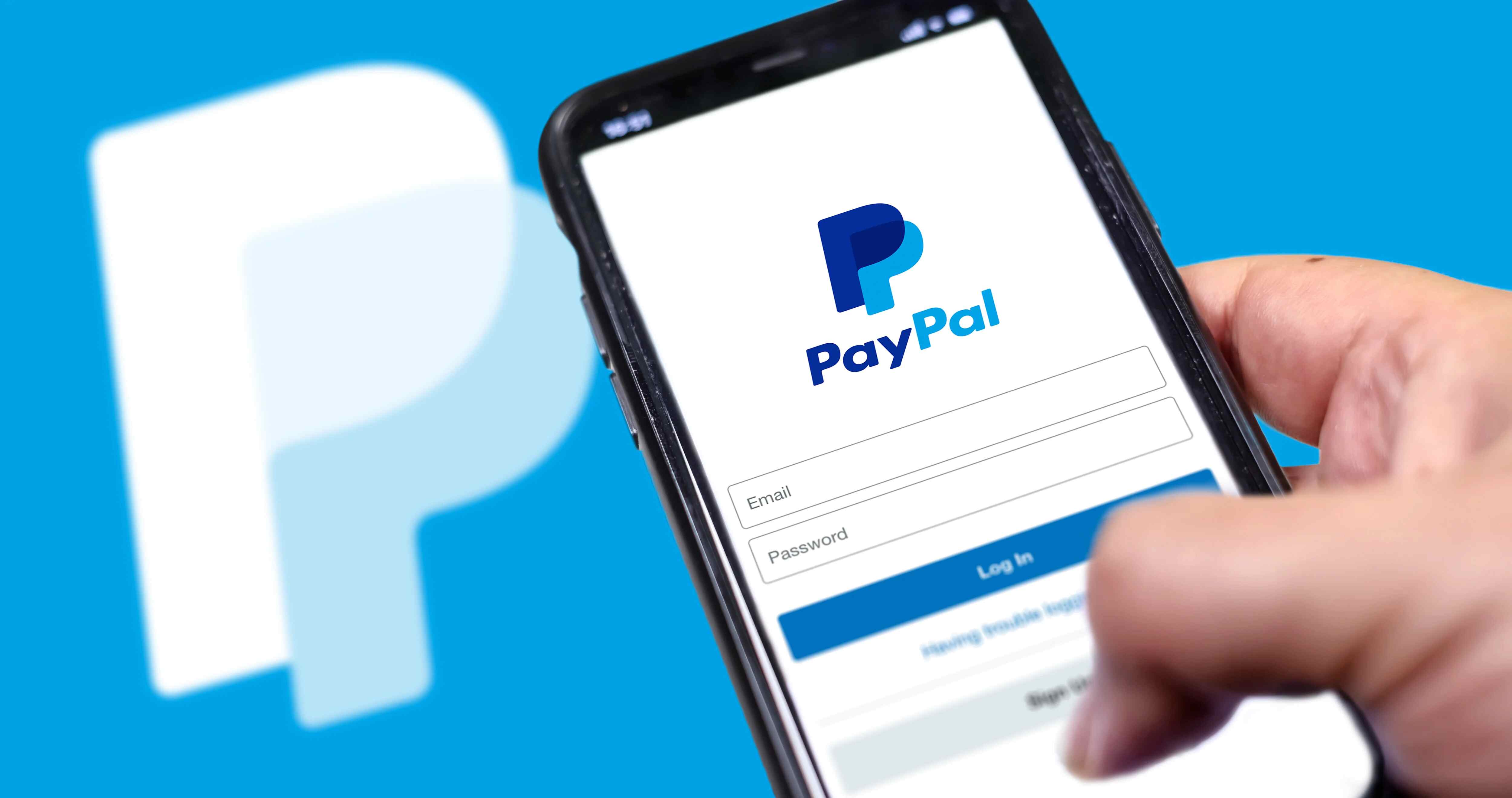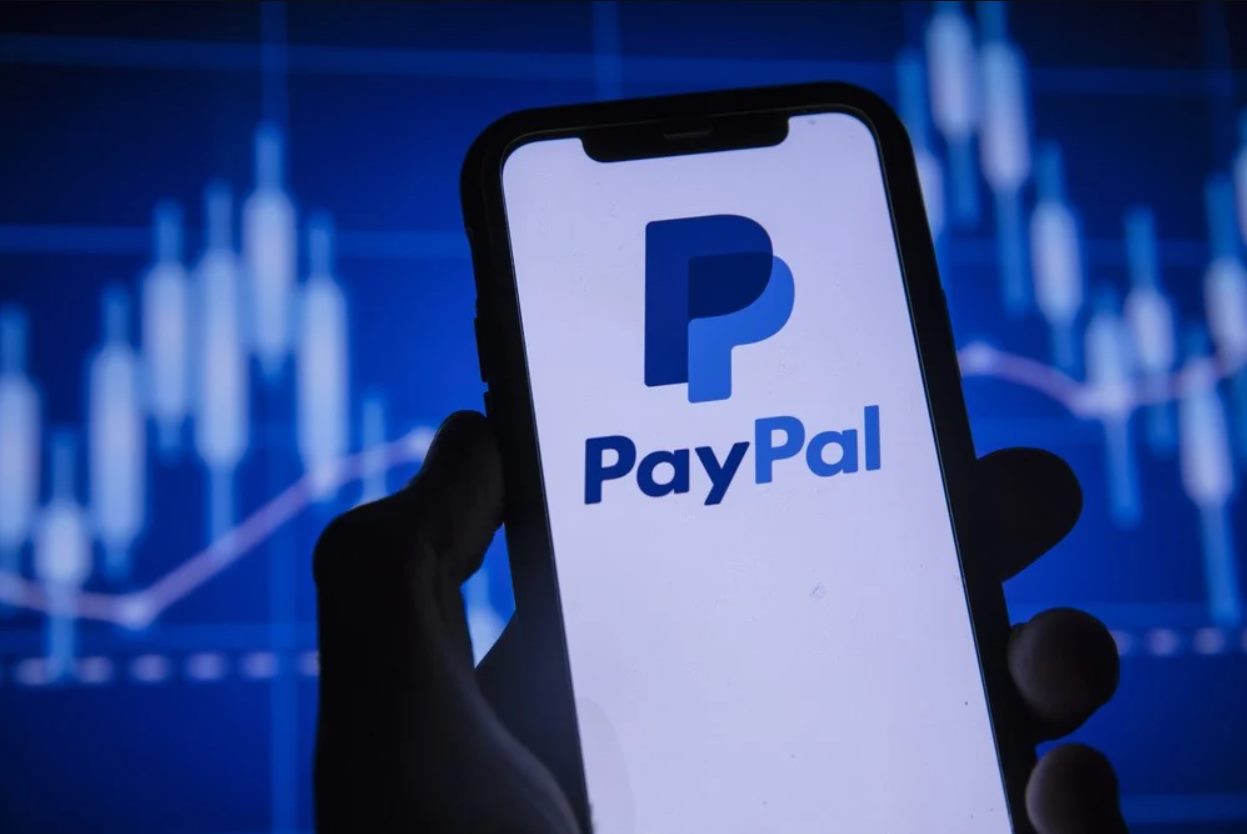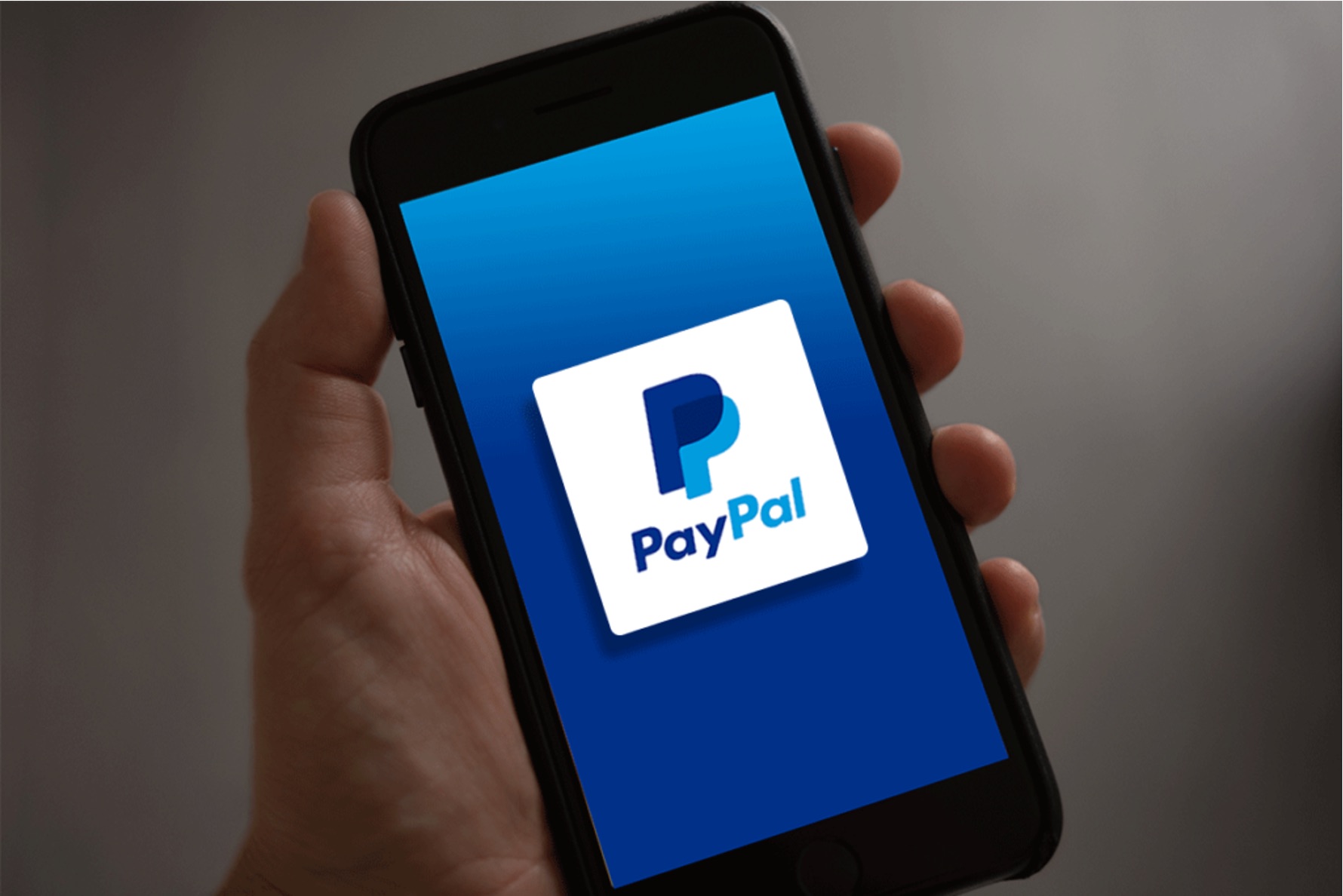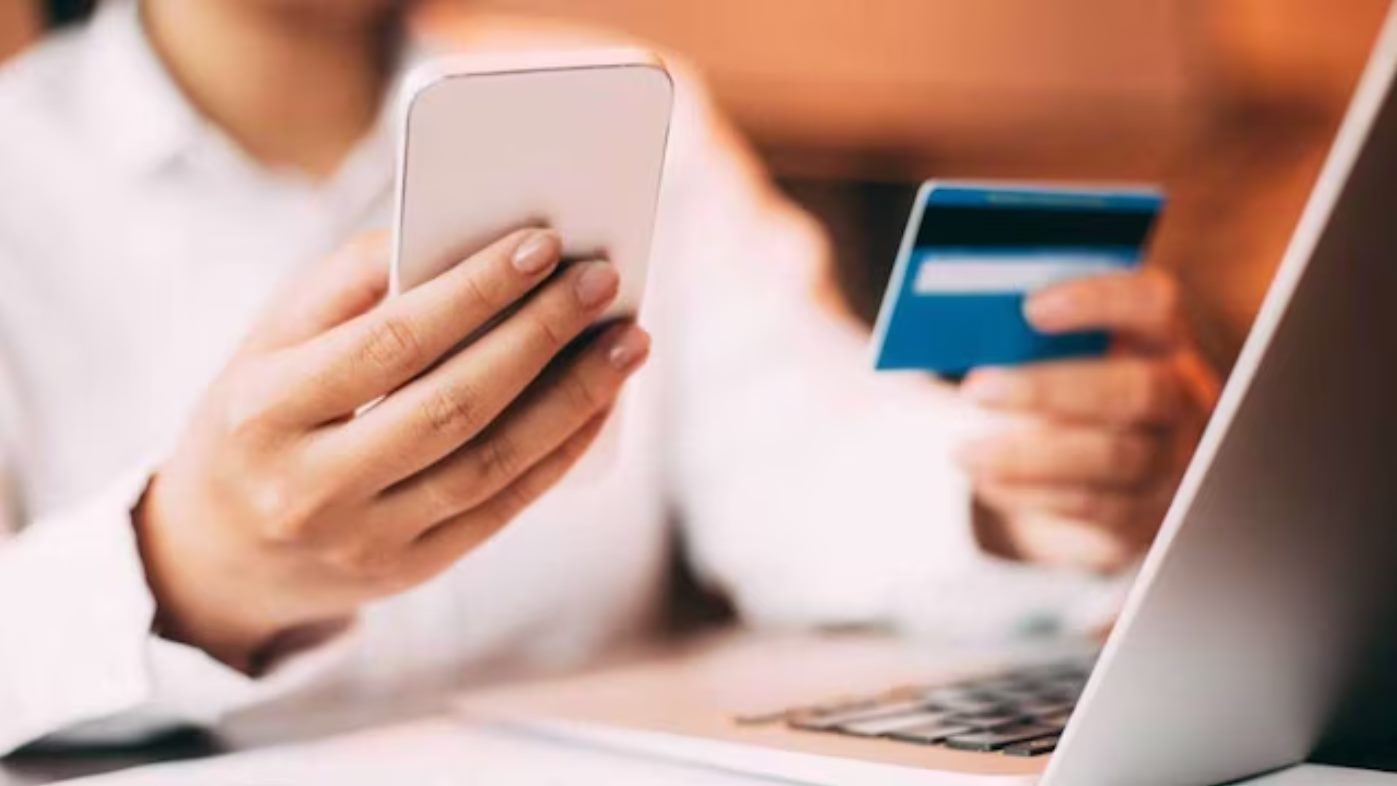Setting up a PayPal account
If you’re looking for a convenient and secure way to handle online transactions, setting up a PayPal account is a smart choice. PayPal is one of the most popular online payment platforms, trusted by millions of people worldwide. Follow these steps to create your own PayPal account:
- Visit the official PayPal website at www.paypal.com.
- Click on the “Sign Up” button located in the top-right corner of the page.
- Choose the account type that suits your needs – Personal Account or Business Account.
- Provide the required information, including your name, email address, and a strong password.
- Agree to the terms and conditions and click on the “Agree and Create Account” button.
- Verify your email address by clicking on the link sent to your registered email.
Once you’ve completed these steps, your PayPal account will be set up and ready to use. However, keep in mind that you may need to verify your identity and link a bank account or credit/debit card to fully activate and unlock all the features of your PayPal account.
Setting up a PayPal account is straightforward, and the platform guides you through the process with clear instructions. By creating a PayPal account, you gain access to a versatile tool that allows you to make online purchases, receive payments, and send money to others hassle-free.
Now that you have a PayPal account, it’s time to link it to your bank account or credit/debit card to add funds and start enjoying the convenience and security that PayPal offers.
Linking your bank account to your PayPal account
Linking your bank account to your PayPal account is a crucial step in order to easily transfer funds between the two. By doing so, you can add money to your PayPal balance, make purchases online, and transfer funds directly to your bank account.
To link your bank account to PayPal, follow these simple steps:
- Log in to your PayPal account.
- Click on the “Wallet” tab located at the top of the page.
- Select “Link a bank account” or “Link a card” under the “Bank accounts and cards” section.
- Choose the option to link a bank account.
- Enter your bank account details, including the account number and routing number. These can typically be found on a check or by contacting your bank.
- Review the information and click “Link Bank Account” to confirm the link.
PayPal will then initiate the verification process, which may take a few days. Once your bank account is successfully linked and verified, you can start adding funds to your PayPal balance or withdraw funds to your bank account effortlessly.
Linking your bank account provides you with the ability to transfer funds securely, eliminating the need to manually input your banking information each time you make a transaction. It also allows you to keep track of your PayPal transactions and funds more efficiently.
It is worth noting that you can link multiple bank accounts to your PayPal account if needed. This can be useful if you have separate personal and business accounts or if you simply want to have more payment options available.
With your bank account successfully linked, you can now proceed to add money to your PayPal account, either from your bank account directly or by using a credit or debit card.
Adding money to your PayPal account with a linked bank account
Once you have successfully linked your bank account to your PayPal account, you can easily add funds to your PayPal balance. This allows you to make purchases, send money, and pay for services online without the need to directly use your bank account or credit/debit card information.
To add money to your PayPal account with a linked bank account, follow these steps:
- Log in to your PayPal account.
- Click on the “Wallet” tab at the top of the page.
- Under the “PayPal balance” section, select “Add money”.
- Enter the amount you wish to add to your PayPal balance.
- Select your linked bank account as the funding source.
- Review the details and click on “Add” to proceed.
PayPal will initiate the transfer from your linked bank account to your PayPal balance. The process may take a few business days to complete, depending on your bank’s processing time.
It’s important to ensure that you have sufficient funds in your bank account to cover the amount you wish to add to your PayPal balance. If not, the transfer may be declined, and you may incur fees for insufficient funds.
Adding money to your PayPal account using a linked bank account is typically free of charge. However, it’s essential to review PayPal’s fees and charges to understand any potential costs associated with specific transactions or services.
Once the funds are added to your PayPal balance, you can use them for various online transactions, including making payments, purchasing goods and services, or sending money to family and friends.
Adding money to your PayPal account from a linked bank account is a secure and convenient way to manage your finances online. It provides an extra layer of protection by keeping your sensitive banking information separate from online transactions, enhancing your overall peace of mind.
Adding money to your PayPal account with a debit or credit card
If you don’t have funds available in your bank account but still want to add money to your PayPal account, you have the option to use a debit or credit card as a funding source. Adding money with a card allows for quick and convenient transactions, ensuring that you can top up your PayPal balance whenever needed.
To add money to your PayPal account with a debit or credit card, follow these simple steps:
- Log in to your PayPal account.
- Click on the “Wallet” tab located at the top of the page.
- Select “Add money” under the “PayPal balance” section.
- Enter the amount you wish to add to your PayPal balance.
- Choose the option to add money with a debit or credit card.
- Enter your card details, including the card number, expiration date, and security code.
- Review the information and click “Add” to proceed with the transaction.
PayPal will process the payment and add the funds to your PayPal balance instantly. It’s important to note that a small transaction fee may apply when using a debit or credit card to add money to your PayPal account. Be sure to review PayPal’s fees and charges page to understand the fee structure.
Adding money with a debit or credit card provides flexibility and convenience, allowing you to make instant purchases or payments using your PayPal balance. It’s a great option if you don’t have immediate access to your bank account or if you prefer not to link your bank account directly to your PayPal account.
Remember to keep track of your card’s transaction limits and ensure that you have sufficient funds available before adding money to your PayPal account. Failure to do so may result in a declined transaction or potential fees.
By using a debit or credit card to add funds, you can enjoy the convenience of shopping online, paying for services, and sending money to others hassle-free. PayPal provides a secure platform for processing these transactions, ensuring the safety of your financial information.
Receiving money into your PayPal account
One of the main advantages of having a PayPal account is the ability to receive money from others quickly and conveniently. Whether you’re selling products or services, receiving payments from clients or friends, or receiving funds from family members, PayPal offers a seamless process for receiving money into your account.
To receive money into your PayPal account, follow these simple steps:
- Log in to your PayPal account.
- Click on the “Request Money” tab located at the top of the page.
- Enter the email address or mobile number of the person from whom you are expecting to receive money.
- Specify the amount you are requesting and select the appropriate currency.
- Optionally, provide a note or description of the transaction.
- Review the information and click on the “Request Money” button to send the request.
Once the request is sent, the recipient will receive a notification via email or smartphone to initiate the payment. They can either log in to their PayPal account and manually send the requested payment or use the “Pay Now” button in the notification email to complete the transaction.
It’s worth noting that there are no fees for receiving money into your PayPal account from another PayPal user. However, if the sender is using a different payment method, such as a credit or debit card, PayPal’s standard transaction fees may apply.
Upon receiving the funds, the money will be instantly credited to your PayPal balance. From there, you can use the funds to make online purchases, send money to others, or transfer the funds to your linked bank account.
PayPal provides a transparent and secure platform for receiving money, ensuring the safety of your financial transactions. Additionally, PayPal offers protection against unauthorized transactions and fraud, giving you peace of mind when receiving funds from others.
Receiving money into your PayPal account is a straightforward process, making it an excellent choice for freelancers, small business owners, and individuals who regularly receive payments from various sources.
Withdrawing money from your PayPal account
Once you have funds in your PayPal account, you may want to withdraw them to use elsewhere, such as transferring the money to your bank account or making payments outside of PayPal. Withdrawing money from your PayPal account is a simple process that provides flexibility and access to your funds.
To withdraw money from your PayPal account, follow these easy steps:
- Log in to your PayPal account.
- Click on the “Wallet” tab located at the top of the page.
- Under the “PayPal balance” section, click on “Withdraw funds”.
- Select the withdrawal method you prefer, such as transferring to a linked bank account or a debit card.
- Enter the withdrawal amount and review the details.
- Click on “Continue” to finalize and confirm the withdrawal.
If you choose to link your bank account to PayPal, you can transfer funds directly to your bank with ease. This process usually takes a few business days, depending on your bank’s processing time. Alternatively, if you have a PayPal debit card, you can withdraw money from an ATM or make purchases directly using the card.
It’s important to note that certain withdrawal methods may incur fees depending on your location and the specific transaction. Be sure to review PayPal’s fees and charges page to understand the fee structure associated with withdrawals.
PayPal allows you to withdraw funds in various currencies, making it convenient for international transactions. Depending on your location, PayPal may automatically convert the funds into your local currency before withdrawing to your bank account.
Withdrawing money from your PayPal account gives you the freedom to utilize your funds as needed, whether it’s paying bills, making purchases, or transferring to your bank account for personal use. PayPal offers a secure platform for managing your financial transactions, ensuring the safety and security of your funds.
By following these simple steps, you can efficiently withdraw money from your PayPal account and have access to your funds whenever and wherever you need them.
Understanding PayPal fees and charges
When using PayPal for transactions, it’s important to familiarize yourself with the fees and charges associated with the service. Understanding these fees will help you make informed decisions and effectively manage your finances.
Here are some key points to consider:
- Transaction fees: PayPal charges a fee for certain types of transactions, such as receiving payments for goods and services. The fee depends on various factors, including the country, currency, and transaction amount. It’s important to review the PayPal website for the most up-to-date information on transaction fees.
- Cross-border fees: If you receive payments from international customers or send money to individuals outside of your country, PayPal may charge cross-border fees. These fees typically depend on the currency and country involved in the transaction. Again, it’s crucial to check PayPal’s website for the latest details.
- Withdrawal fees: When you withdraw money from your PayPal account to your linked bank account, there might be withdrawal fees associated with the transfer. The fees vary depending on the country and withdrawal method chosen. It’s advisable to review the withdrawal fees section on PayPal’s website for specific information.
- Currency conversion fees: If you receive payments in a different currency and PayPal automatically converts the funds to your local currency, currency conversion fees may apply. These fees can vary depending on the exchange rate and the specific transaction. Familiarize yourself with PayPal’s currency conversion policies to understand any potential charges.
It’s important to note that PayPal’s fees and charges may change from time to time, so regularly check the PayPal website for updated information. Additionally, PayPal provides transparency by displaying the applicable fees and charges during the transaction process, ensuring that you are aware of any associated costs before finalizing the transaction.
Understanding PayPal’s fees and charges allows you to budget accordingly and factor in these costs when sending or receiving money. By staying informed, you can make smart financial decisions and choose the most suitable PayPal services for your needs.
Remember, when sending money to friends or family members using your PayPal balance or a linked bank account, the transaction is typically free of charge. It’s always wise to confirm the fees and charges for specific transactions to avoid any surprises.
By being aware of PayPal’s fees and charges, you can effectively manage your transactions and maximize the value of using PayPal as your preferred online payment platform.
Tips for managing your PayPal account securely
Managing your PayPal account securely is essential to protect your financial information and transactions. By following these tips, you can enhance the security of your PayPal account and minimize the risk of unauthorized access or fraudulent activities:
- Create a strong password: Choose a unique and complex password that includes a combination of letters, numbers, and symbols. Avoid using easily guessable information like your name or birthdate.
- Enable two-factor authentication: Activate two-factor authentication for an extra layer of security. This requires you to provide a verification code or use a biometric factor (e.g., fingerprint or facial recognition) in addition to your password when logging in.
- Regularly update your contact information: Ensure your email address and phone number on file are accurate so that you receive important notifications and alerts from PayPal.
- Monitor your account activity: Regularly review your account transactions and activity to identify any potential unauthorized transactions. Report any suspicious or unauthorized activity to PayPal immediately.
- Be cautious of phishing attempts: Be wary of emails or messages claiming to be from PayPal asking for personal information or account verification. PayPal will never ask for your password, full Social Security number, or other sensitive information in an email.
- Keep software up to date: Maintain up-to-date antivirus and antispyware software on your devices to protect against malware or viruses that could compromise your PayPal account.
- Secure your devices: Use strong passwords or biometric authentication for your devices, and avoid accessing your PayPal account on public or unsecured Wi-Fi networks.
- Only use trusted devices: Whenever possible, only log in to your PayPal account from devices you trust and avoid using public or shared computers.
- Regularly review and update privacy settings: Check and customize your PayPal account’s privacy settings to control the information you share and how it is used.
By implementing these tips, you can significantly reduce the risk of unauthorized access to your PayPal account and help ensure the security of your financial transactions. PayPal also provides additional security features and resources on their website, so take the time to familiarize yourself with their recommended practices for optimal account security.
Remember, maintaining a secure PayPal account is an ongoing effort. Stay vigilant, keep informed about the latest security practices, and promptly report any concerns or suspicious activities to PayPal for swift resolution.
Troubleshooting common issues with adding money to your PayPal account
While adding money to your PayPal account is typically a smooth process, you may encounter some common issues along the way. Understanding and troubleshooting these issues can help ensure a seamless experience. Here are some common issues and suggested solutions:
- Insufficient funds in your bank account: If you’re trying to transfer funds from your linked bank account to your PayPal account, make sure you have enough funds in your bank account to cover the transfer. If there are insufficient funds, the transfer may be declined.
- Bank account not linked or verified: Ensure that your bank account is correctly linked and verified with your PayPal account. Verify your bank account by following the instructions provided by PayPal. If your bank account is not linked or verified, you won’t be able to add funds from it.
- Expired or declined debit/credit card: If you’re using a debit or credit card to add money to your PayPal account, check if the card has expired. Additionally, ensure that the card is still valid and active. If the card is declined, contact your card issuer for clarification or use an alternative payment method.
- Transaction limit reached: PayPal may have set transaction limits on your account. Check your account settings or contact PayPal customer support to verify if you’ve reached any transaction limits. If necessary, request a limit increase or try adding funds in smaller amounts over multiple transactions.
- Issues with the PayPal website or app: Technical issues or maintenance on the PayPal website or app can sometimes prevent you from adding money to your account. In such cases, wait for a while and try again later. If the problem persists, reach out to PayPal customer support for assistance.
- Incorrect information entered: Double-check the information you’re entering when adding money to your PayPal account. Ensure that your bank account details or card information are accurate, including the account/card number, expiration date, and security code. Typos or incorrect information can lead to failed transactions.
If you encounter any other issues or error messages while adding money to your PayPal account, refer to PayPal’s help center or contact their customer support for guidance. They have dedicated support channels to assist with resolving any specific issues you may encounter during the process.
Remember, troubleshooting common issues is part of the process, and with a little patience and attention to detail, you can overcome these challenges and successfully add funds to your PayPal account.







